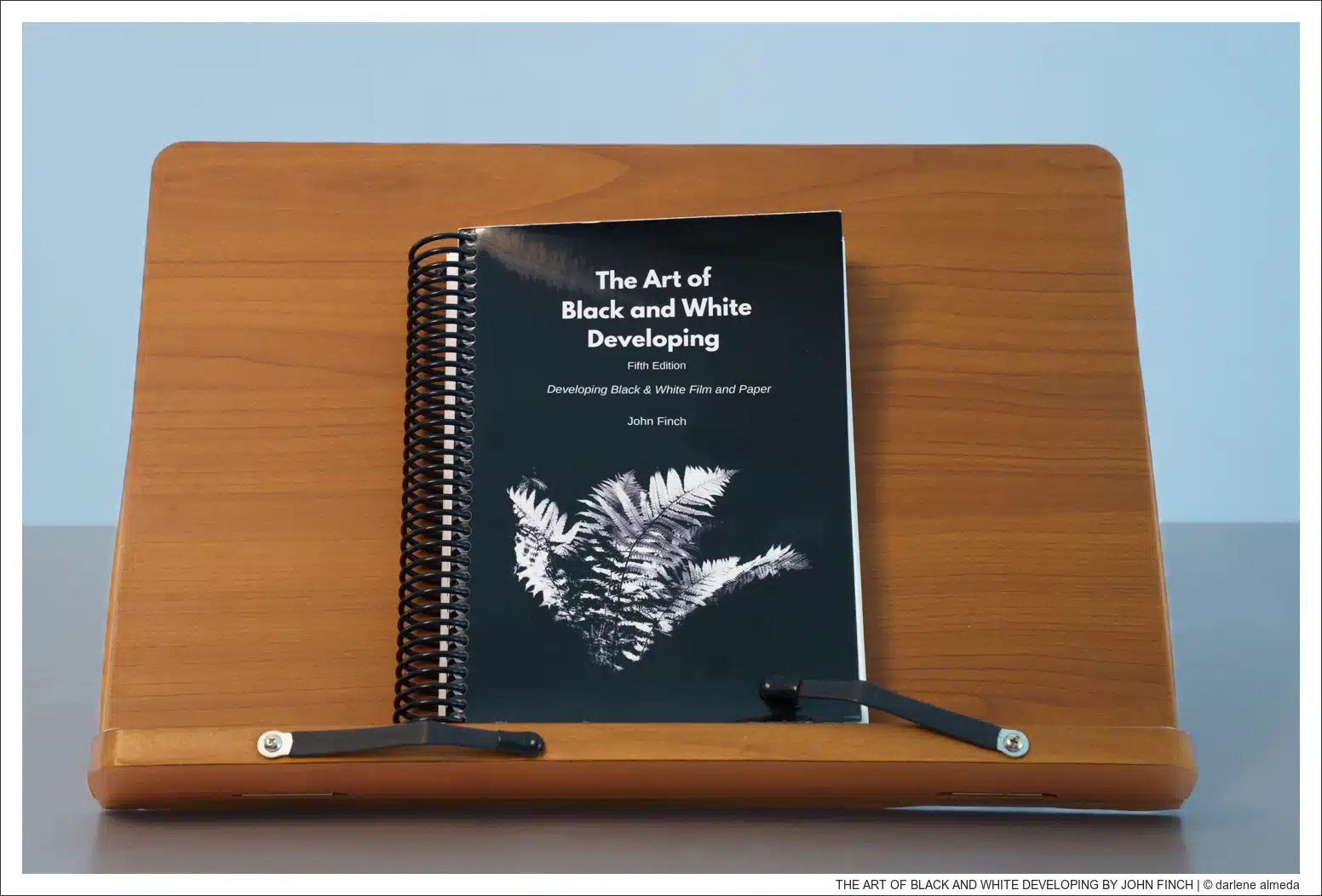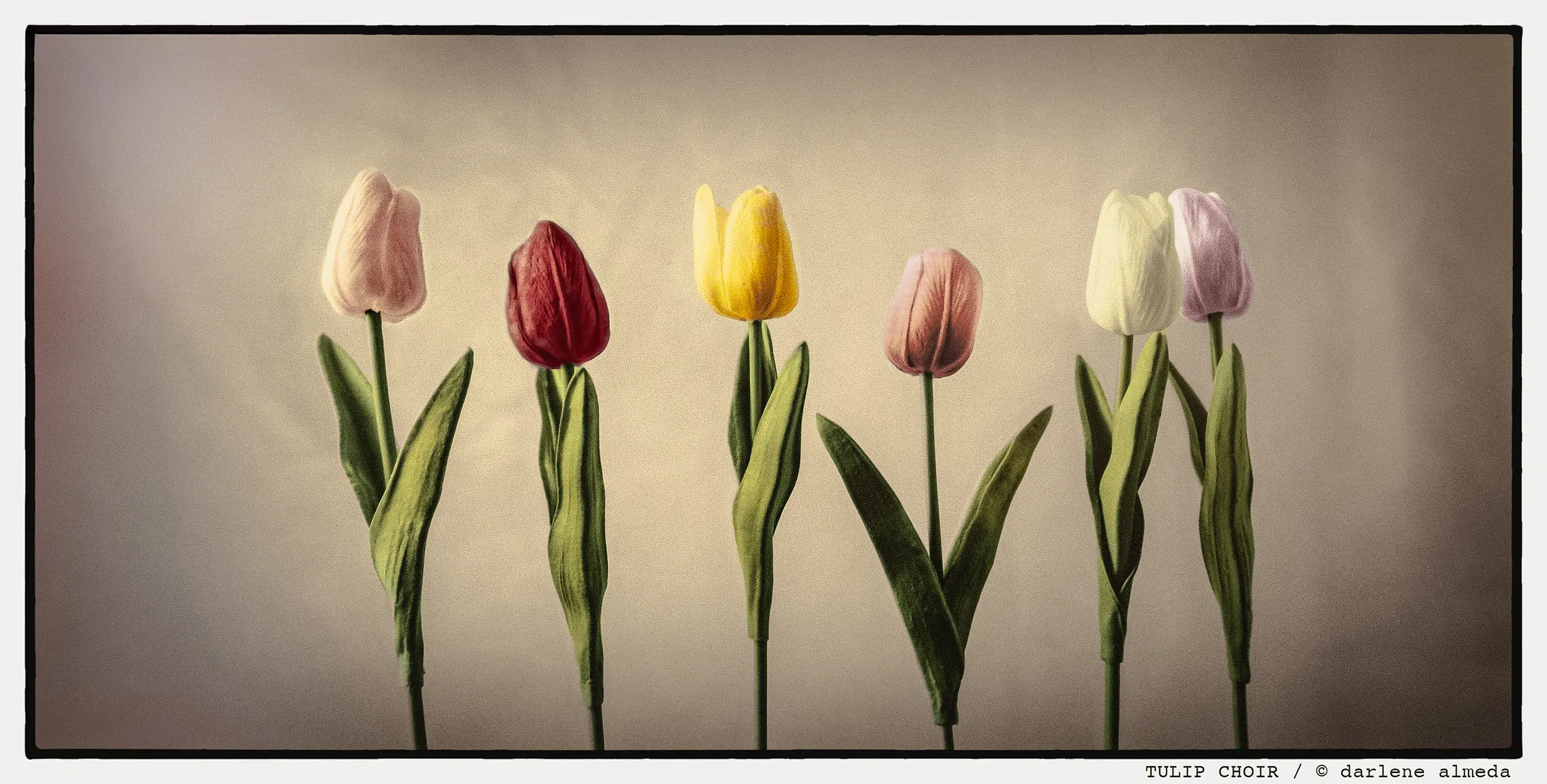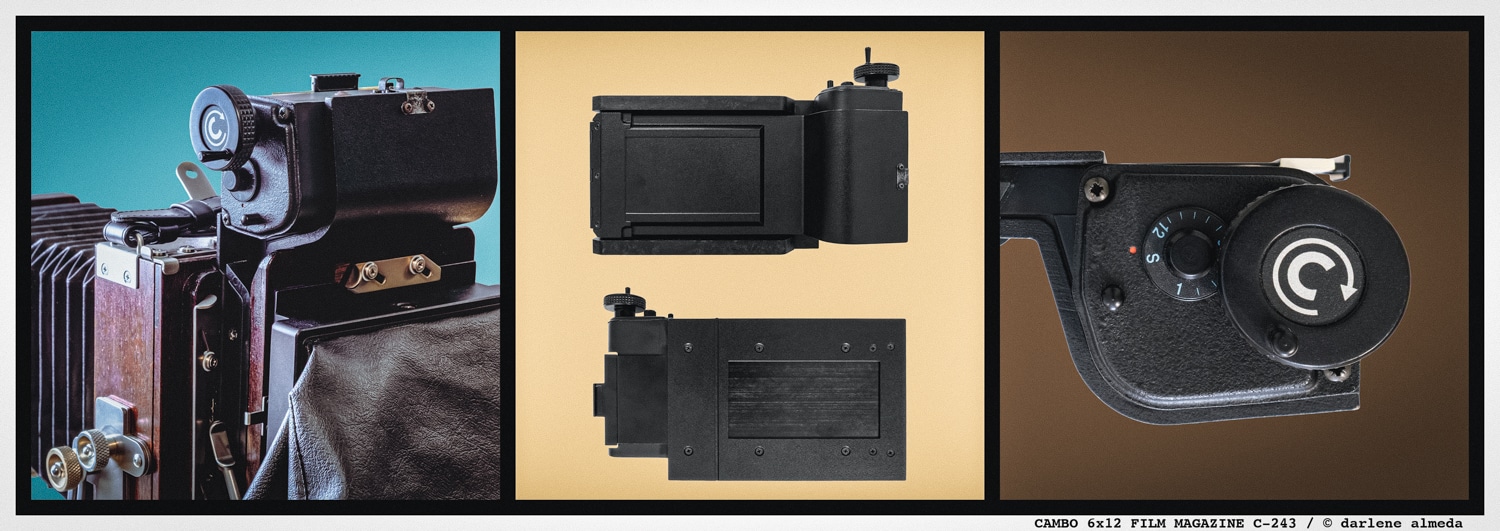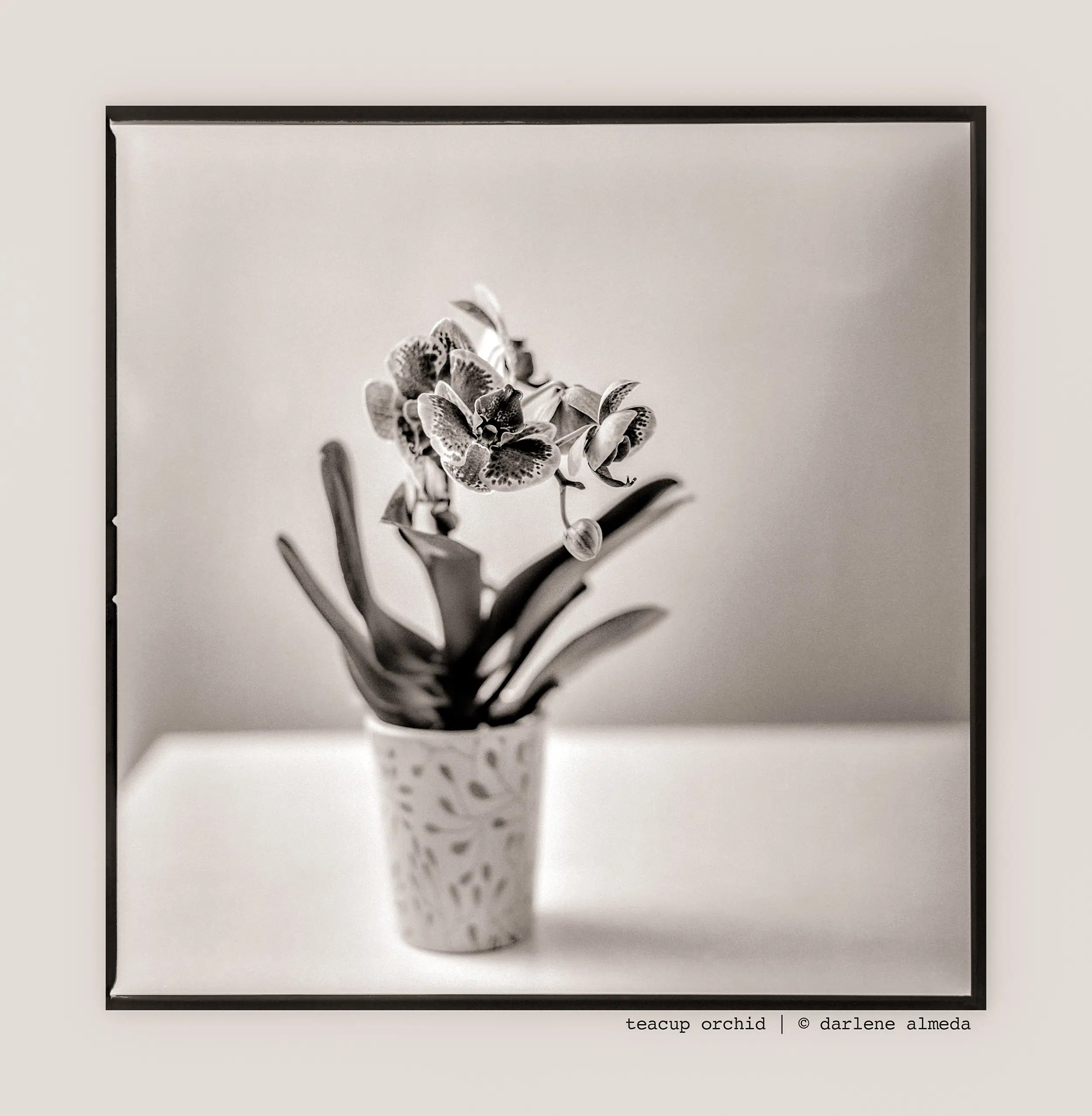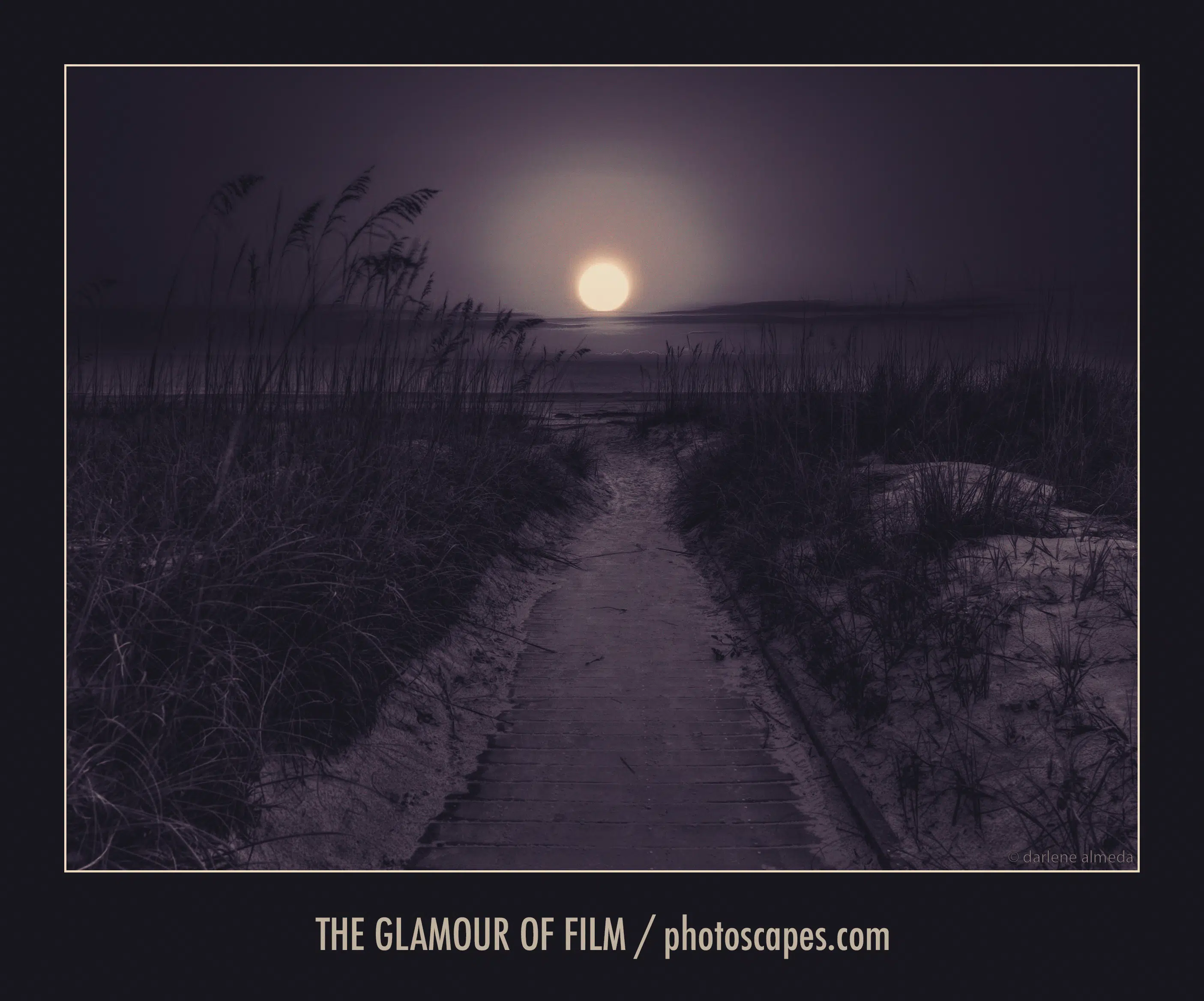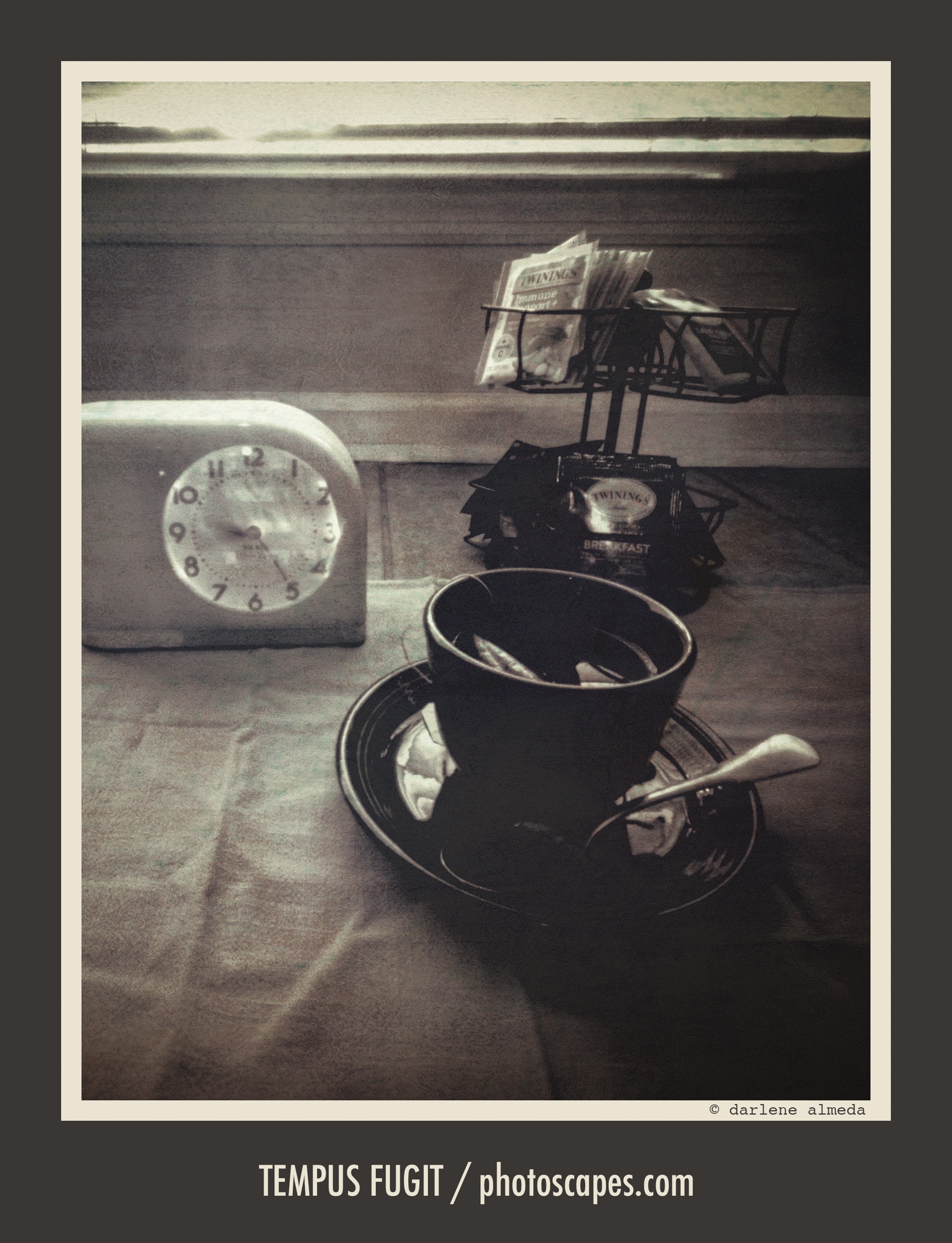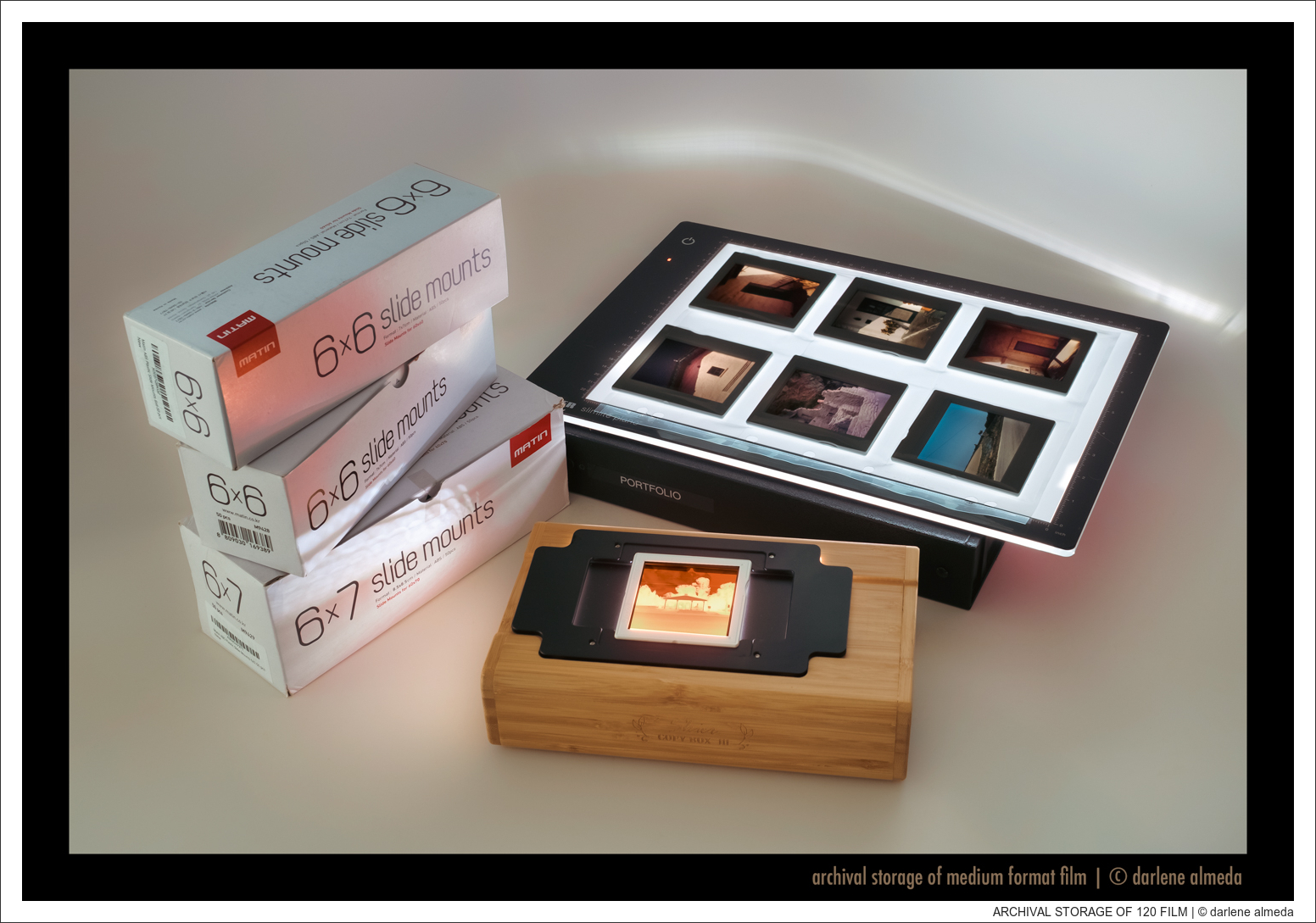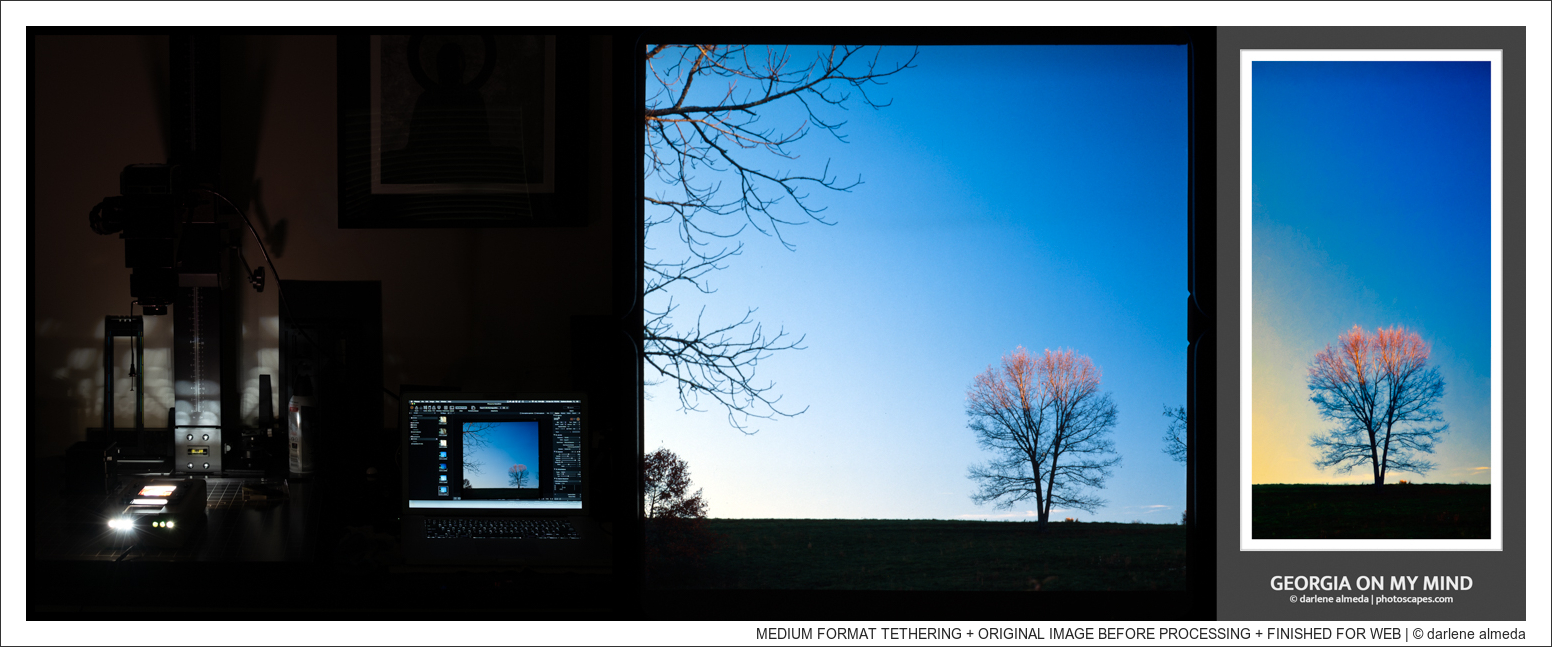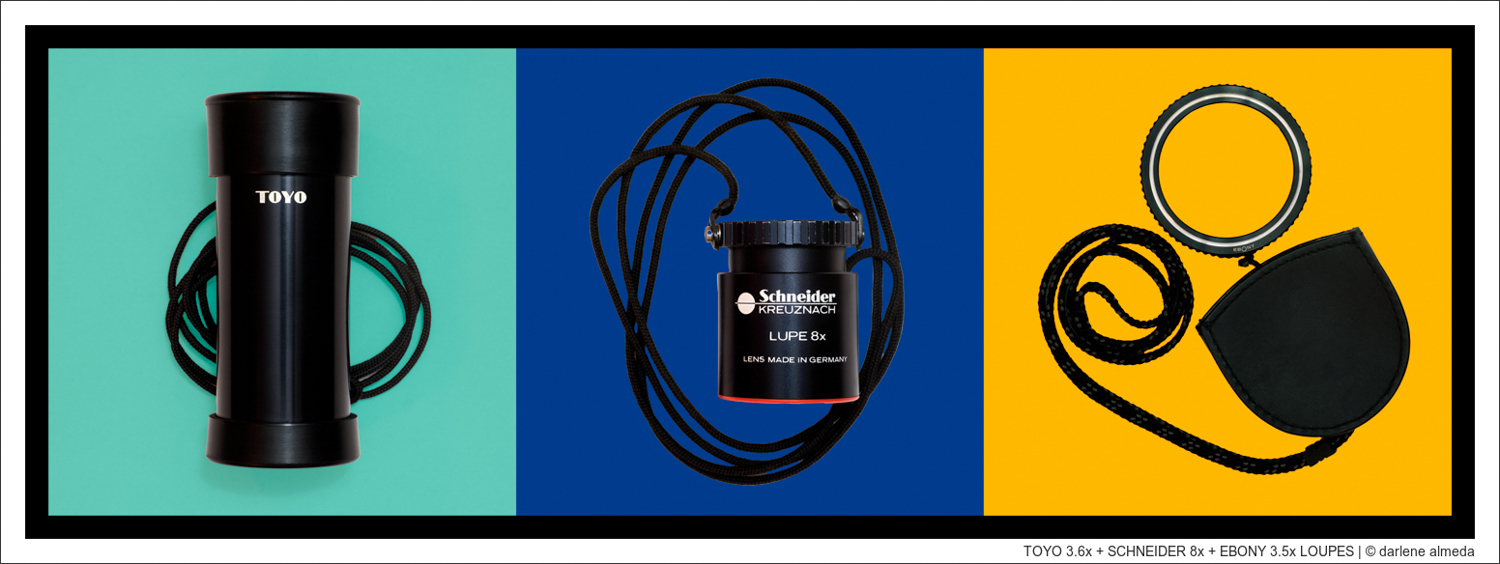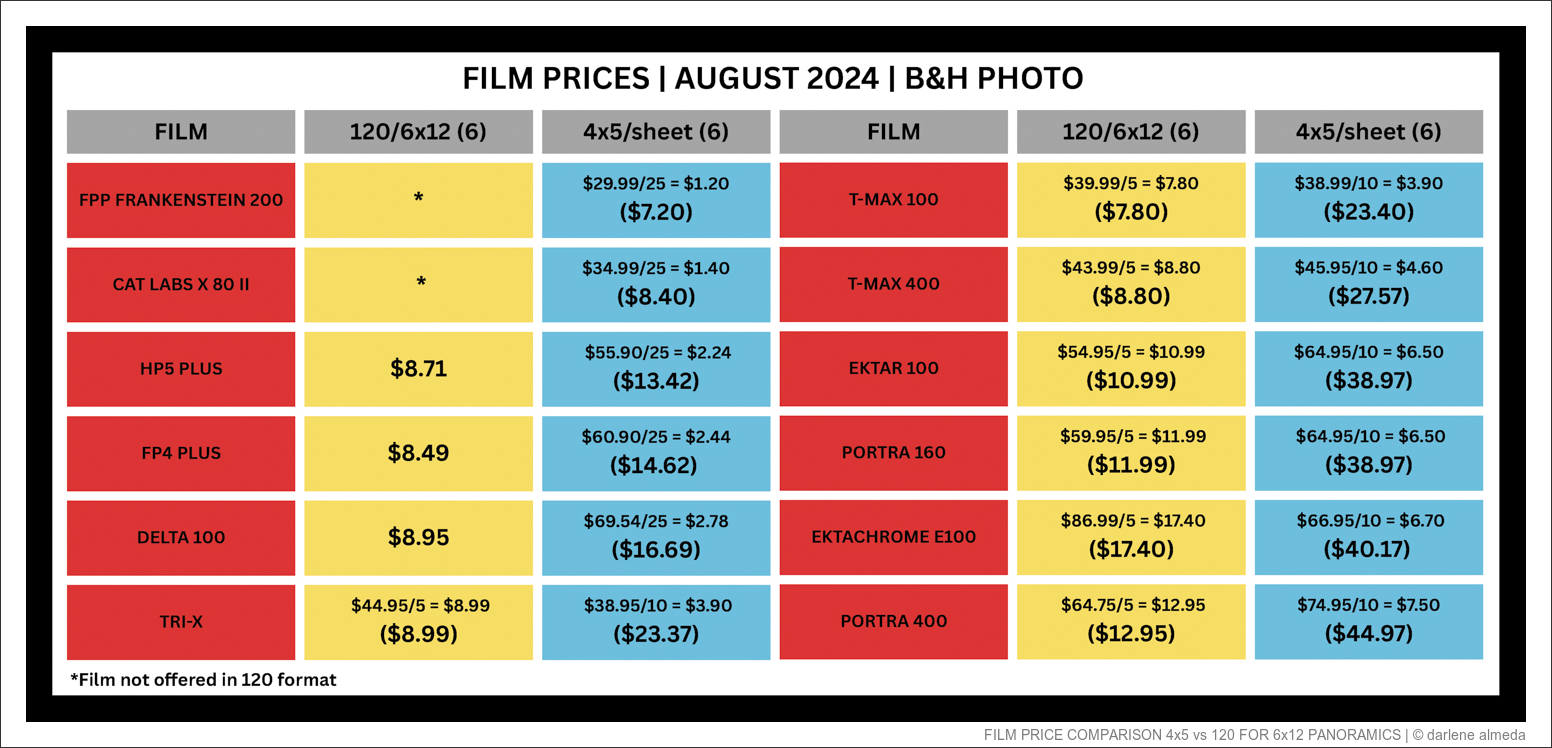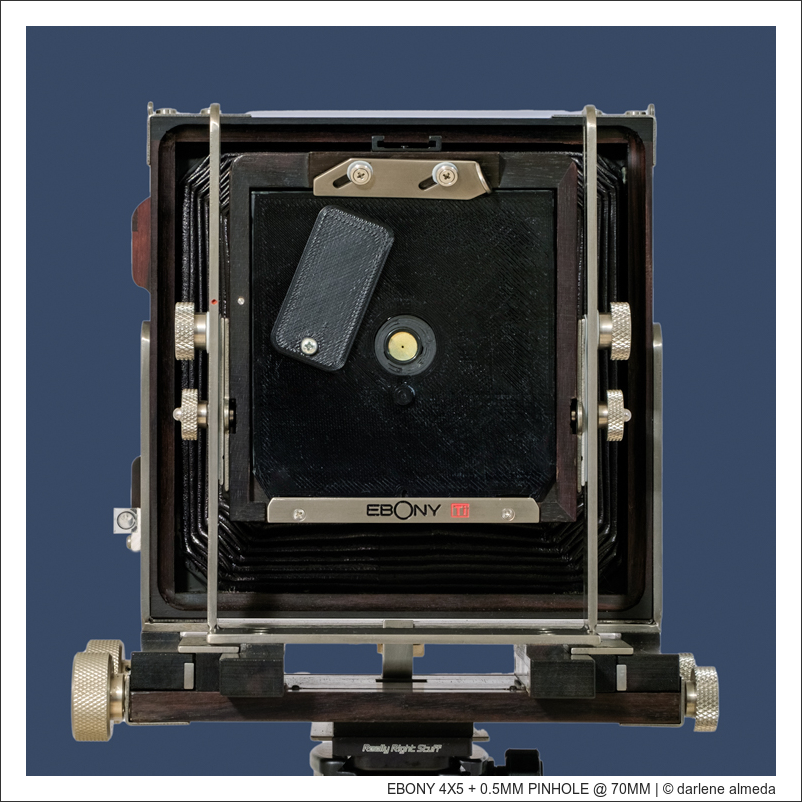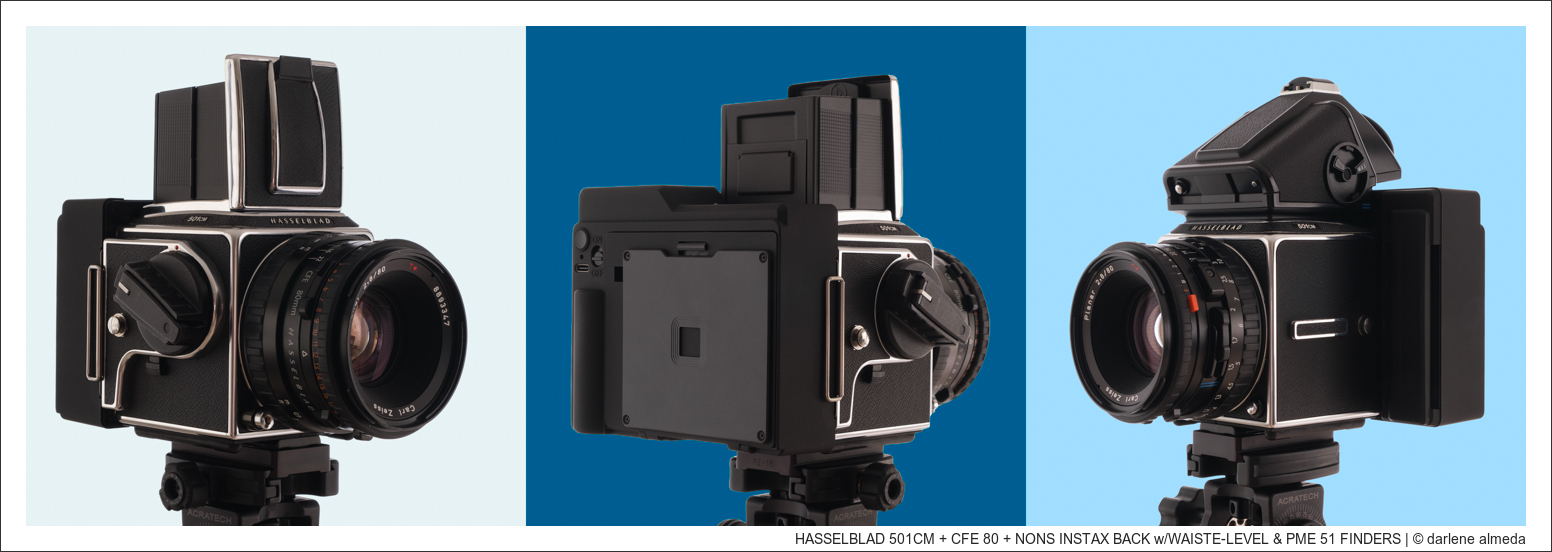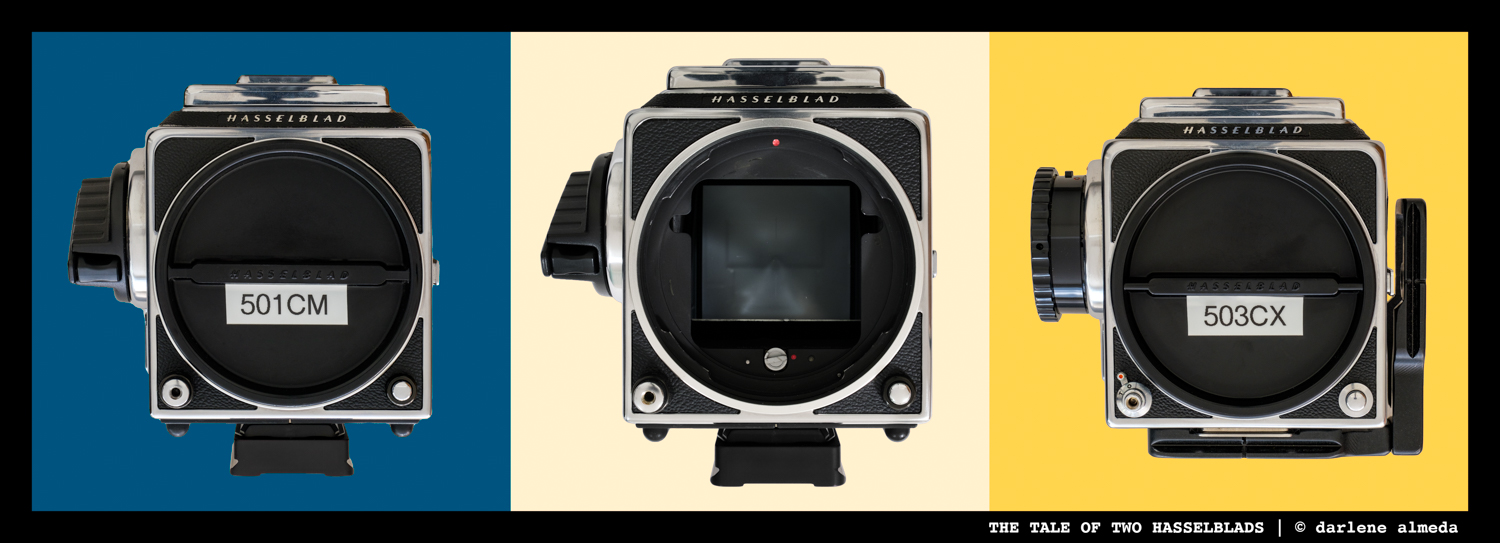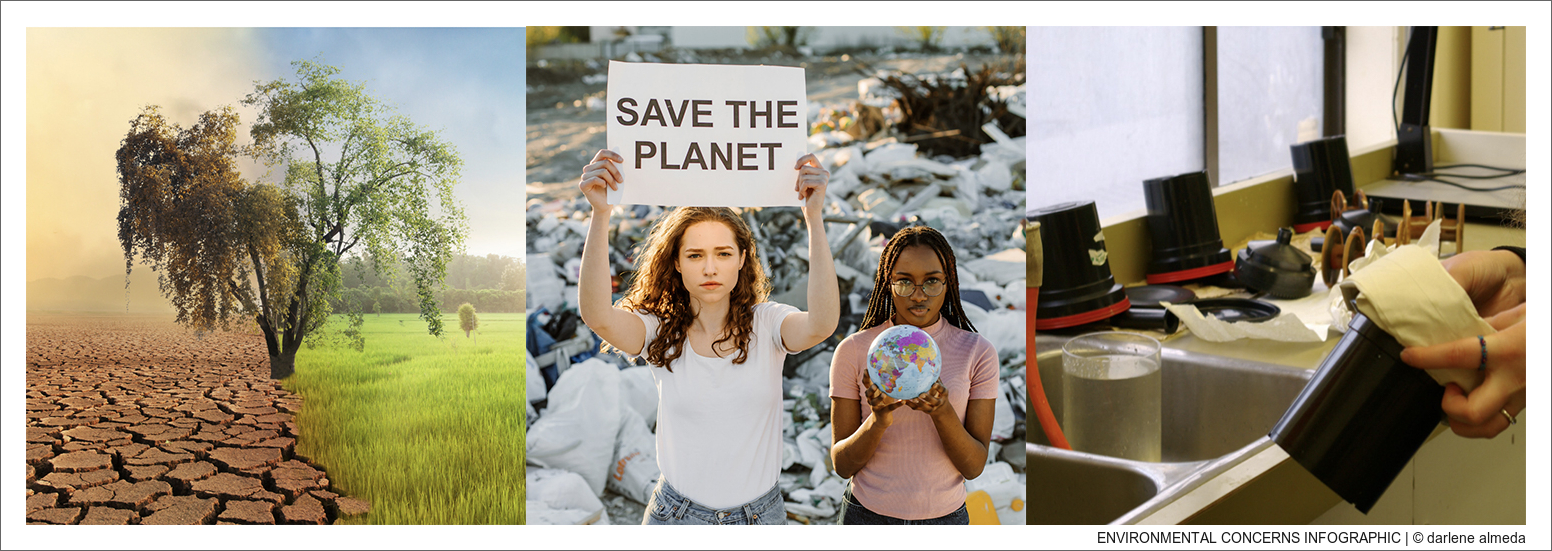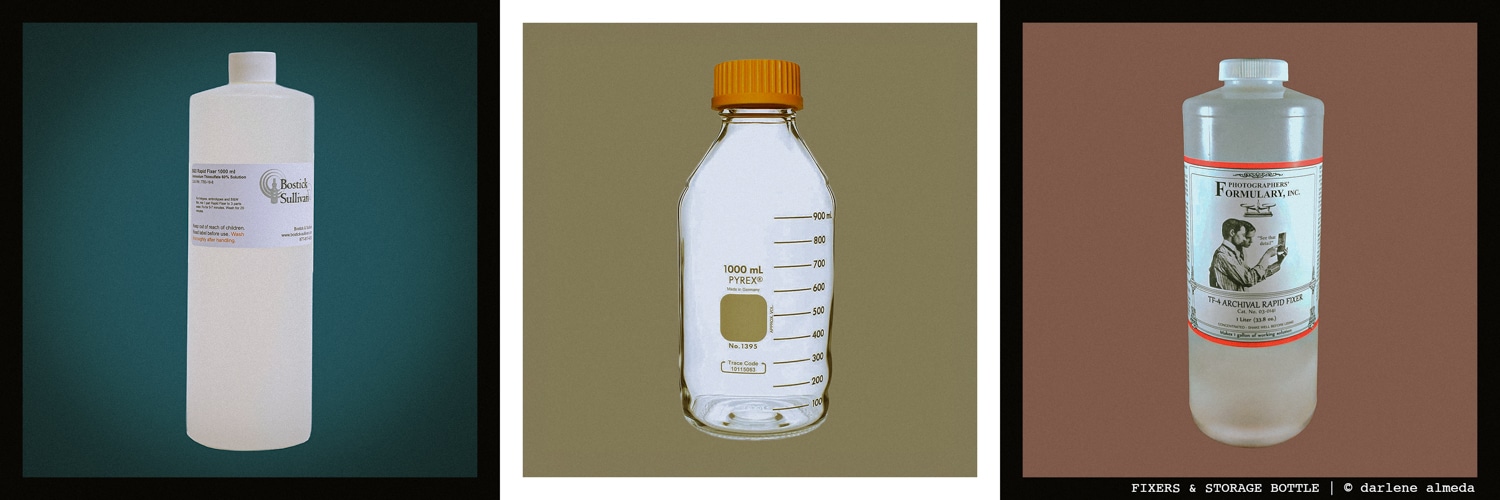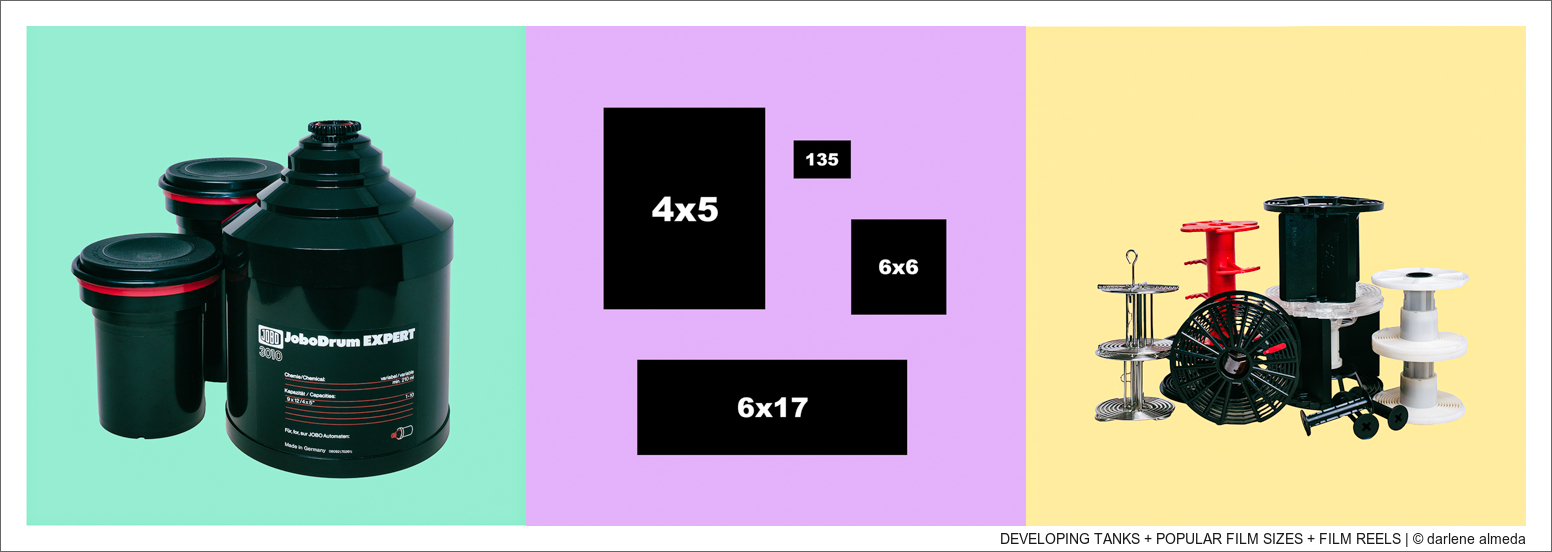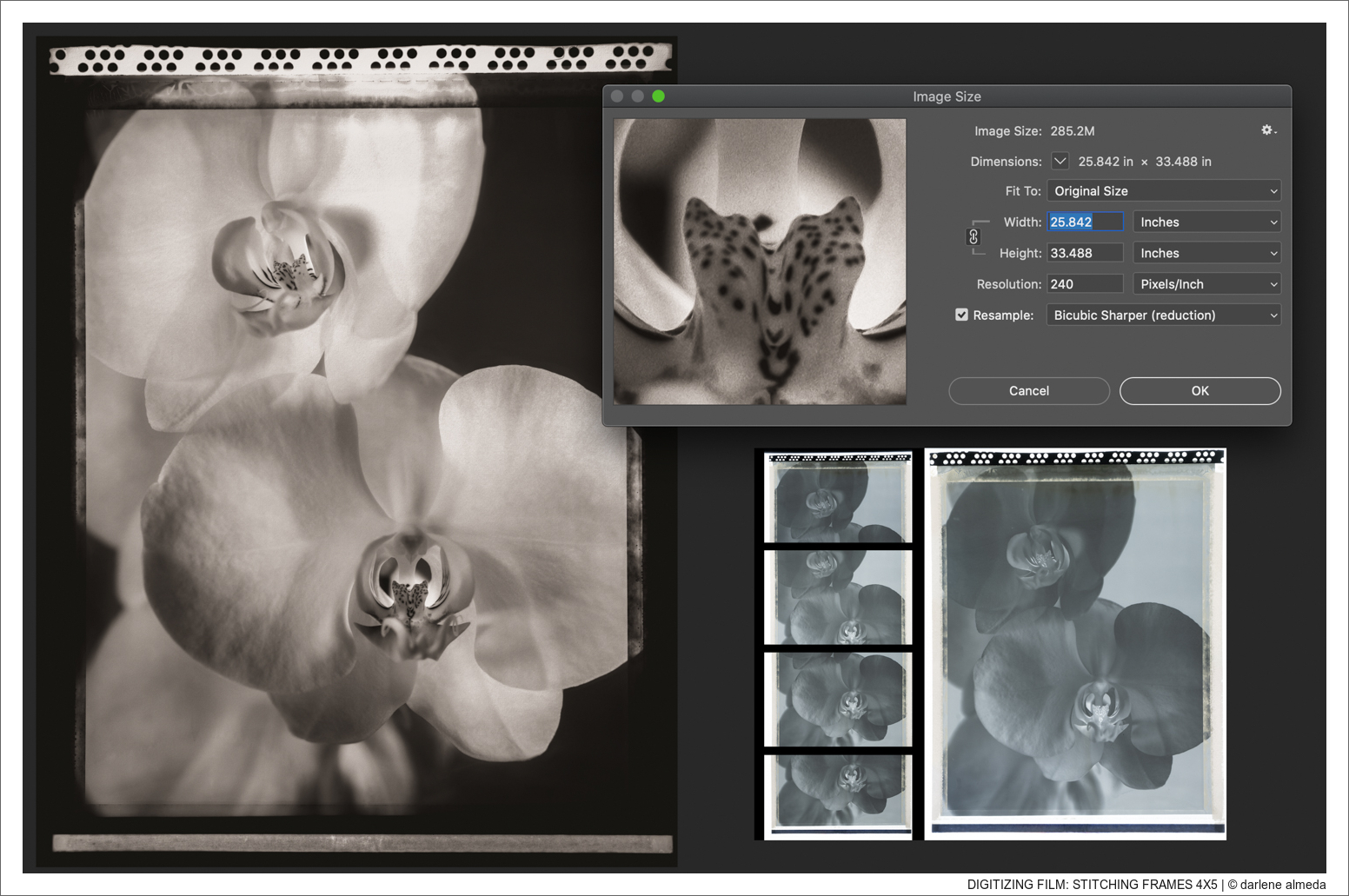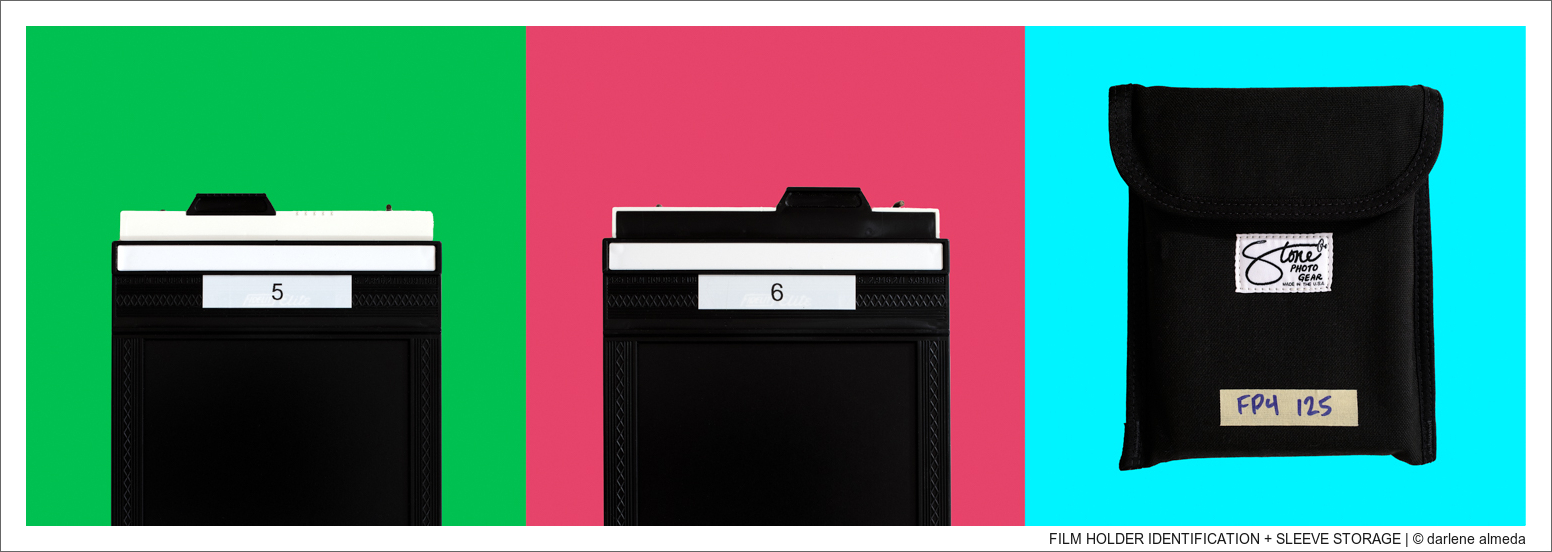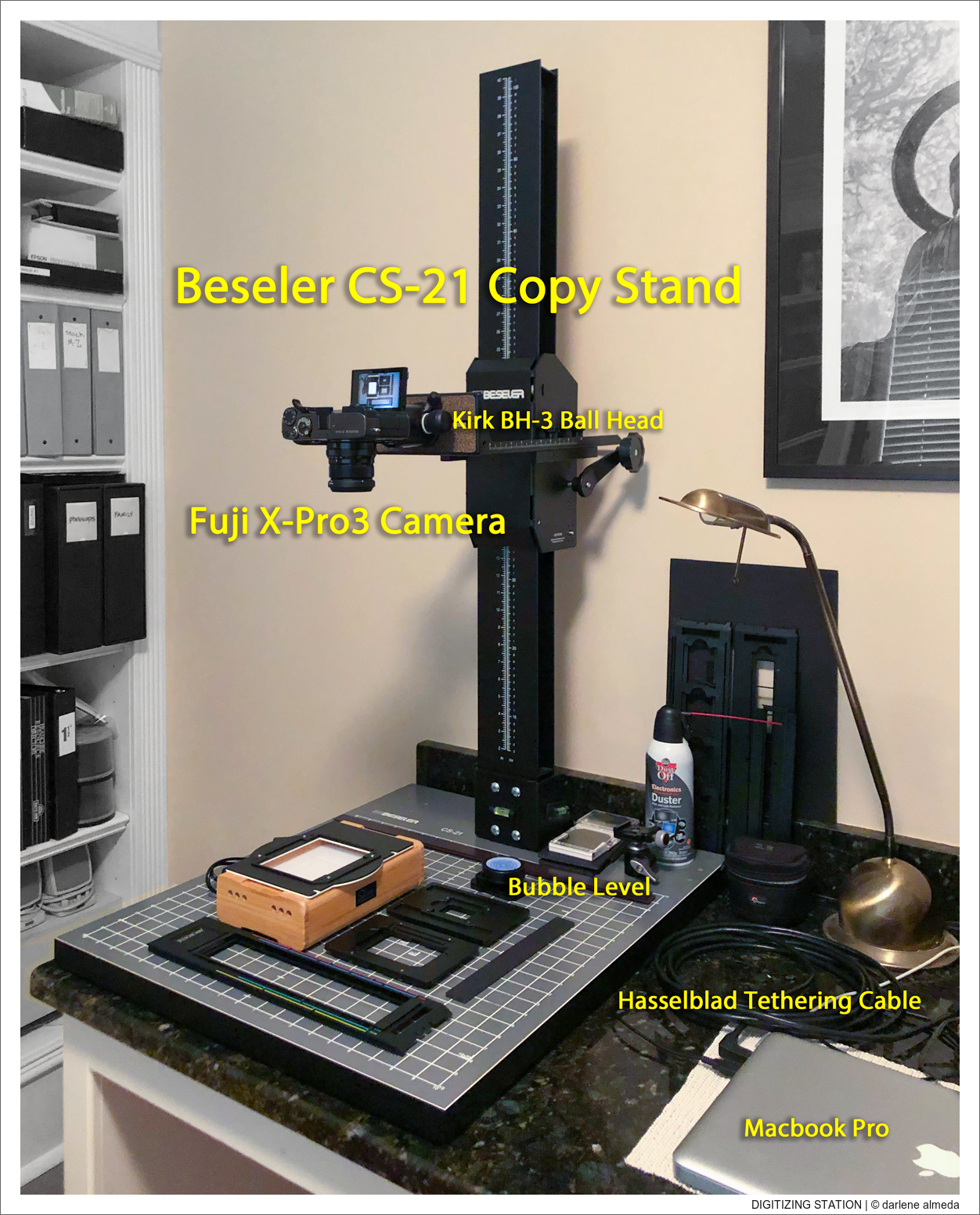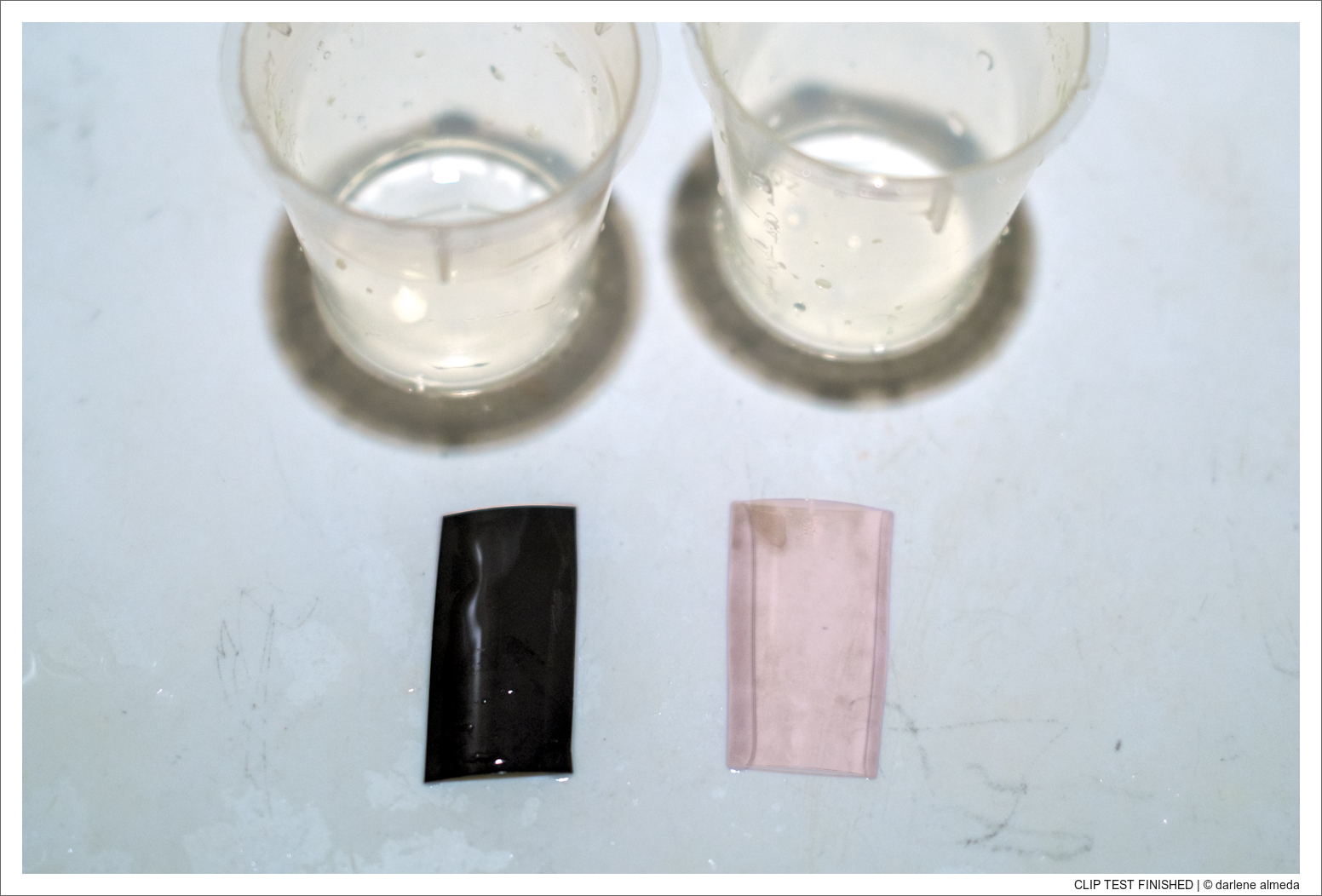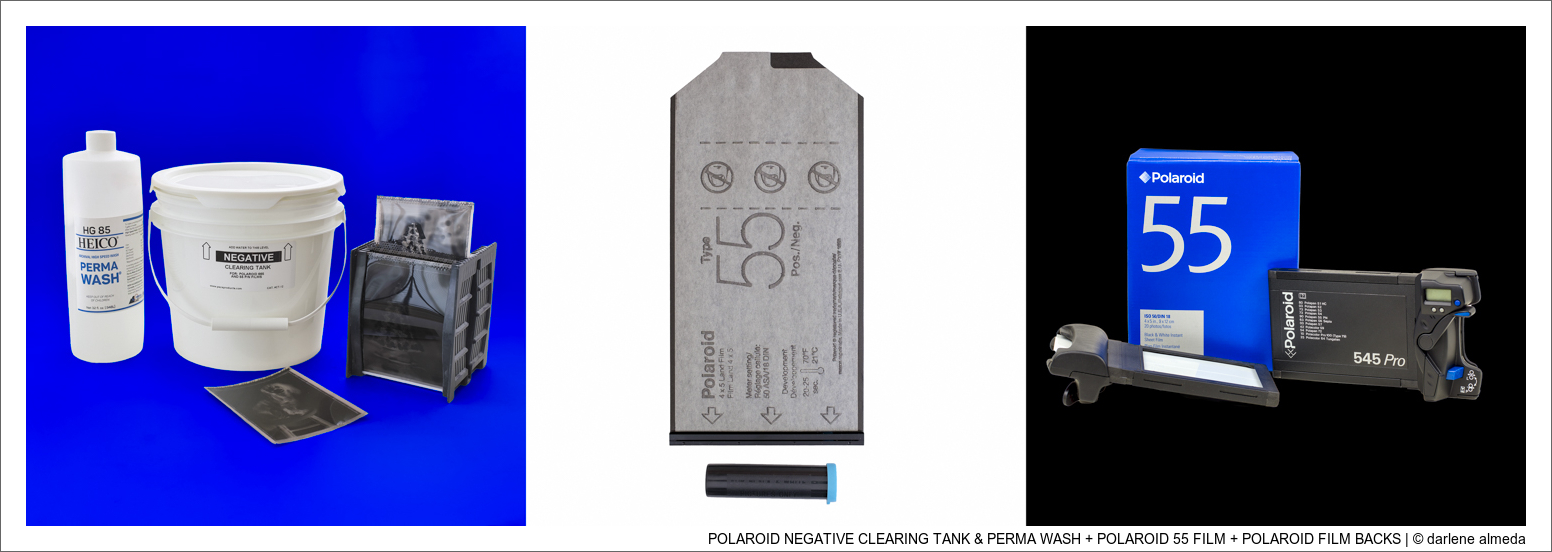Hand-colored seascape made from a B&W film negative using magnetic ND filters; wind, crashing waves, and quiet remembrance shaped this tribute image.
film topics
The Art of Black and White Developing by John Finch
A practical, trustworthy darkroom guide, John Finch’s The Art of Black and White Developing balances clear instruction with real-world film wisdom.
Cambo Wide Meets Tabletop Photography
A panoramic camera, a close-up filter, and a batch of fake tulips walk into a studio… here’s what happened when I broke all the rules.
Hands-On with the Cambo 6×12 Film Magazine C-243
A detailed review of the Cambo C-243 6×12 film magazine: build quality, film loading, operation, and why it’s a top pick for panoramic 4×5 shooters.
Shooting Panatomic-X from 1966: One Roll, One Storm, One Orchid
How I shot 1966-expired Kodak Panatomic-X in a stormy studio session, capturing printable frames, vintage charm, and a soft-focus orchid I adore.
The Glamour of Shooting Film
Capturing the quiet mystery of a moonlit beach with 4×5 film—where craft, memory, and midnight tones come together in a soulful creative process.
Worldwide Pinhole Day 2025: Tempus Fugit
A 4×5 pinhole photograph celebrating Worldwide Pinhole Day 2025 — capturing the quiet drift of light, time, and memory in a kitchen bathed in afternoon glow.
Cutting Film with Precision: A Guide to Stress-Free Slide Mounting
Struggling to cut film accurately? Discover how to achieve clean, precise cuts effortlessly with the Matin Multiple Slide Film Cutter and a lightbox.
Organizing Digital and Film Portfolios
Whether you shoot film, digital, or both, this article explores smart ways to organize, store, and protect your photography for long-term preservation.
Film Digitization: Technique and Exploring Creativity
Insights into my process of digitizing film using cameras, reflecting on my journey from film to digital and the importance of technique over equipment.
Looking Through Loupes
We delve into the world of loupes, the unsung heroes of precision in photography. From the Toyo 3.6x to the Schneider 8x, and the new Chamonix 5x loupe.
4×5 vs 120 Film for Panoramas: Cost & Convenience Comparison
Discover the advantages of shooting 4×5 film over 120 film for panoramic photography, including cost savings and convenience.
Adapting to Change: Shooting 120 Film in Hasselblad A24 Magazines
This article reviews two rolls of 120 film shot in succession in Hasselblad A12 and A24 film magazines with a 501CM camera and CF 135 lens and Vario-Tube.
Pinhole Photography: 4×5 Field Camera Pin-tography
In this article, I share my approach to crafting images with a 4×5 field camera with interchangeable pinholes attached to a dedicated lens board.
The NONS Instant Back: Bringing Instant Gratification to Your Hasselblad Experience
I’m diving into the NONS Instant Back with my Hasselblad 501CM—celebrating the joy of instant photography and its lasting connection to film history.
Film and Digital with Iconic Hasselblad Cameras
Discover how to balance between film and digital photography using two unique Hasselblad cameras from the V system. Explore the intricate dance between classic and contemporary methods in capturing artistic expression.
Ethical Considerations in Film Photography
Whether using film or digital photography, ethical considerations come into play. This article addresses ethical considerations concerning film photography.
The Film Photographer’s Guide to Managing Fixer Exhaustion
Learn how to monitor the total film surface area your fixer has been used on to prevent exhaustion and discover tips for keeping it clean and free from particles during film processing.
Black & White Film Developing: Stand, Semi-Stand, Standard
This article is about how I process black-and-white films. I choose to hand process my 4×5, 120, and the occasional 135 films. Here, I will share the processing equipment I have used and what I have been using for the past decade.
Digitizing Film Part 3: APS-C, Lightroom, Film Storage, more
I have been digitizing my film at the kitchen table with my very capable Kaiser RS 2 XA Copy Stand, Fujifilm X-Pro3, and Skier Sunray Copy Box. I have learned a few things from doing this and felt it was time for an update.
How To Use The Zone System In Photography
Even though the Zone System is over 80 years-old, it is still relevant today whether shooting modern films or digital capture. This article is for photographers wanting to learn more about the Zone System for their particular workflow. We will look at how the Zone System works with a classic film-to-darkroom workflow, and a hybrid film-to-digital workflow. If you are strictly a digital photographer, you will find a better understanding of what the Zone System can offer you as well.
Balancing Light: A Simple Guide to Pinhole Exposure
Learn how to determine perfect exposure for pinhole photography using a light meter reading and a simple conversion factor—no gadgets required.
Digitizing Film Part 2: Software, Contact Sheets, Bracketing, Stitching, Workflow
I perform a number of tasks while creating image files that include bracketing + blending exposures, and slicing + stitching larger film sizes. Bracketing may not always be necessary, but with the convenience, a digital camera brings to this type of task, it cannot hurt.
4×5 Film Holders: Care & Carry
Keep your 4×5 film holders clean, protected, and organized. Simple steps for labeling, carrying, and storing film for a smoother large-format workflow.
Digitizing Film Part 1: Copy Stands, Film Holders, Medium Format
Curious how I digitize film? In this post, I share the tools I use—without sales hype—plus links for specs. My digitizing process will follow in a future post.
Black & White Film Clip Testing
A film clip test can reveal if your developer and fixer are in good working order. If you enjoy shooting B&W films and want to learn how to develop your film (see my article on how to develop B&W film here), you should include learning how to do a film clip test. I have listened to photographers over the years say how they lost film to a bad developer (it can happen), or their reusable fixer reached its limit, and they made the mistake of using it one more time, only to find out it was too weak to do the work. If these photographers had only done a simple film clip test before they started the development process, it could have saved them their film and disappointment. This article outlines how I do my film clip tests.
Polaroid 55 P/N: How I Shoot It
earn how to shoot, clean, and scan Polaroid 55 P/N film using large-format cameras, including tips on exposure, handling, storage, and expired film use.


